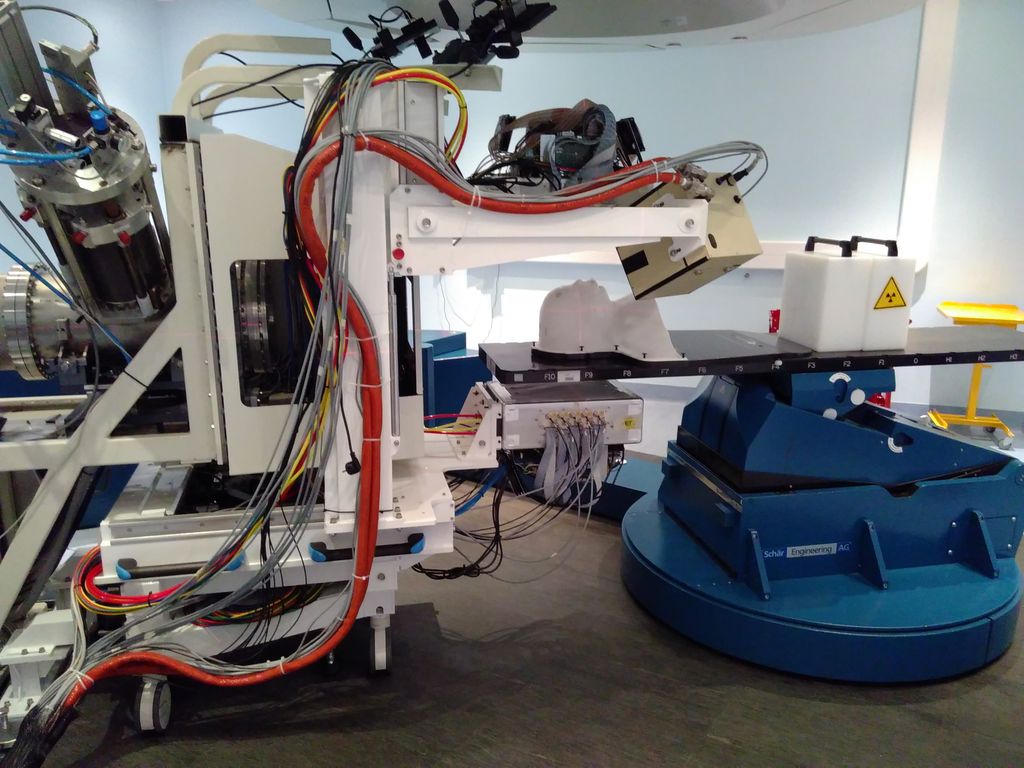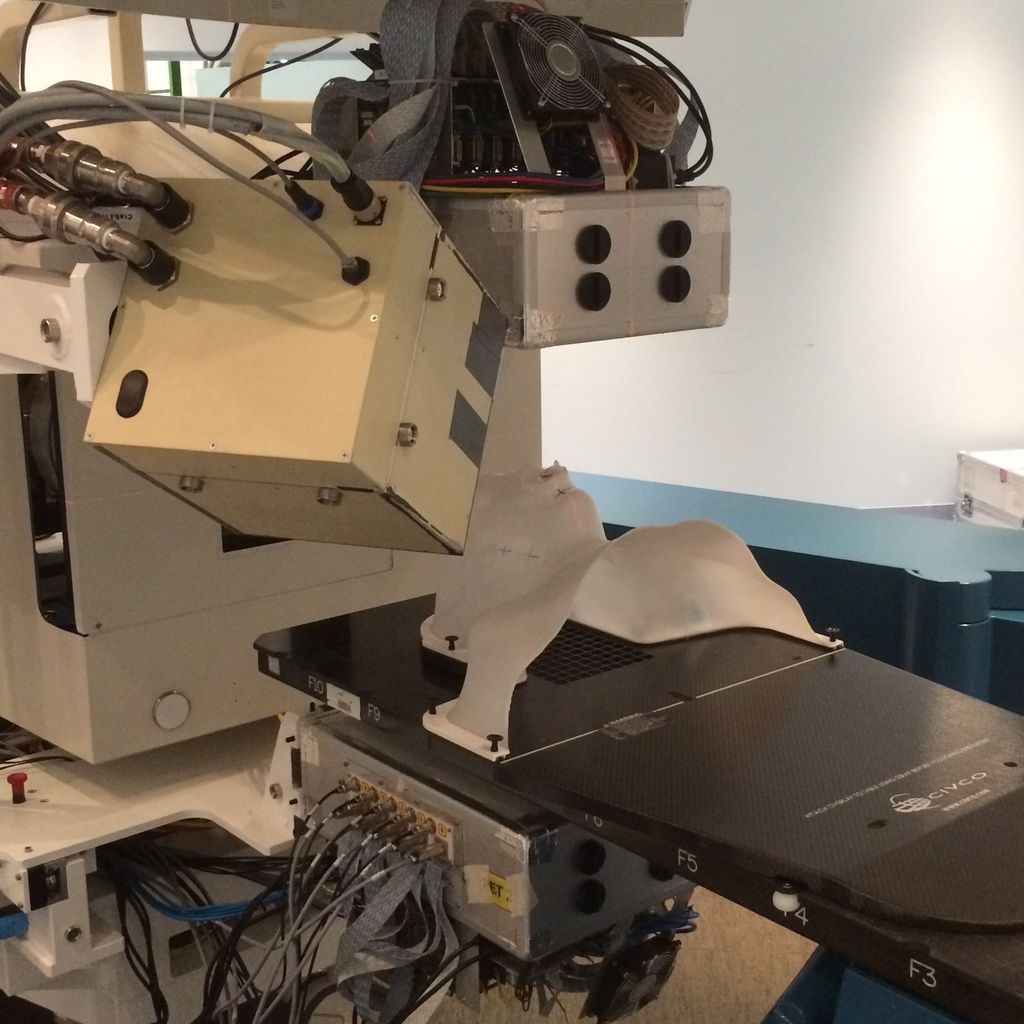
Observing Radiation in Real Time for Precision Oncological Therapies
INSIDE, which stands for Innovative Solution for Dosimetry in Hadrontherapy, is the first ever bimodal system (including a PET scanner and a charged particle tracer) that is capable of real-time monitoring the proton and carbon ion beams used in oncological hadrontherapy to fight tumours that prove resistant to X-ray radiotherapy and cannot be removed surgically. Testing on patients, which aims to verify the effects of hadrontherapy on tumour tissue, even more efficiently, has been organised by the CNAO Foundation – National Oncological Hadrontherapy Centre in Pavia – together with Sapienza University of Rome, the National Institute for Nuclear Physics (INFN) and the Department of Physics at the University of Pisa.
The clinical study will involve 40 patients at CNAO who will be exposed to hadrontherapy to treat meningioma and head and neck tumours (adenoid cystic carcinoma, cranial base chordoma, pharynx carcinoma).
Oncologicalhadrontherapy employs proton and carbon ion beams to attack tumour tissue. As opposed to the x-rays used in traditional radiotherapy, this treatment focuses its energy more precisely on the tumour mass, reducing its impact on healthy tissue and other collateral effects.
The INSIDE device, which is positioned next to the patient’s bed, includes two sensor systems (a bimodal imaging system with a scanner for PET – Positron Emission Tomography and a tracer of charged particles) that measure the secondary particles released during the treatment and reveal, practically in real-time, where the energy is being released and whether the tumour mass has been modified.
“The unique characteristic of the INSIDE System,” explains Alessio Sarti from the Department of Basic and Applied Sciences for Engineering, “is its ability to also monitor carbon ion treatment. The sensor that we designed measures the secondary radiation generated by the interaction between carbon ions and the patient’s tissues, which allows us to control the beams in real-time. As part of the Applied Radiation Physics Group (ARPG – Sapienza) interdepartmental collaboration coordinated by Vincenzo Patera and Riccardo Faccini, we also developed algorithms for the reconstruction and analysis of data that will allow staff at CNAO to observe what is happening as the patient is treated.”
Patient experimentation and the clinical study are part of the second phase of Project INSIDE that is being conducted at CNAO. The two sensor systems that compose the device have been installed by a bed on which the patient receives the hadrontherapy treatment. The first phase of the project, which concentrated on the development of the two systems, took place from 2013 to 2016.
An observational clinical study has been organised to experiment INSIDE on 40 patients at CNAO who will be treated with proton hadrontherapy to treat pharynx meningiomas and squamous cell carcinomas, while the carbon ion beams are used to treat adenoid cystic carcinoma and cranial base chordomas. The treatment is based on 15 to 35 hadrontherapy sessions, one a day. The clinical study will begin with 3-4 INSIDE measurements during the first week of treatment and then continue with one measurement per week.
Based on the measurements made with INSIDE and the results of check-up CAT scans, doctors will be able to observe the morphological alterations undergone by tumours during therapy and, if necessary, review the treatment plan to increase its precision.



